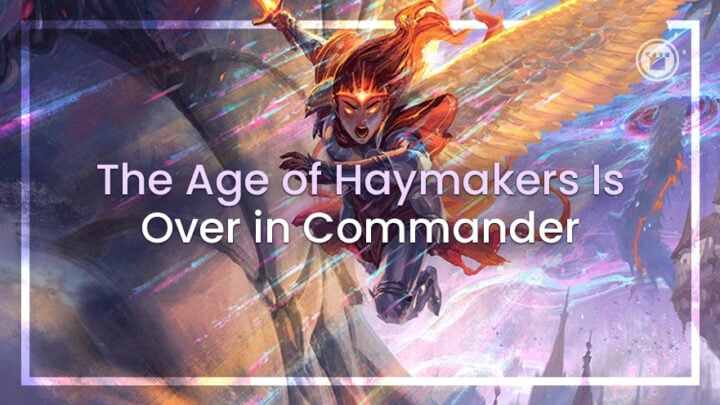Kristen delivers an edict: haymakers are so last year in Commander. If you’re brewing these days, you want to focus on synergy.
There are few things cooler than resolving a big, expensive creature. There’s a reason some of the most popular decks in Magic are Dragons, Angels and all things green and tramply.



The splashiest creatures in Commander are commonly referred to as “Haymakers.” They’re the ones that, once they resolve, the entire table checks their hands for removal. While they can be any creature type, and have any effect, the ones you’ll see most often either protect the board, get in for damage in a way that’s hard to avoid or grant a teamwide table kill.
Haymakers are expensive, and historically, Commander was all about resolving them. If you could “protect the Queen,” your route to victory was far easier, especially in Battlecruiser metas where infinite combos weren’t the flavor of the week.
Conversely, saving removal for a Haymaker was always a smart plan. You could rest assured that the board would be reset with wraths to pick off emergent value engines, so your single-target removal was easy to save for those pivotal plays.
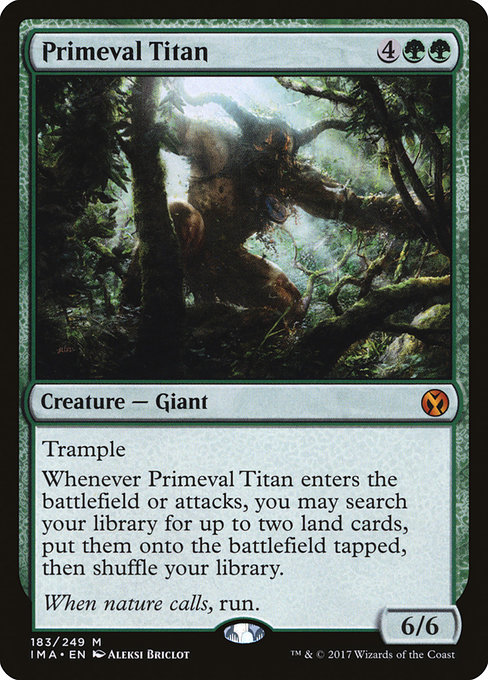
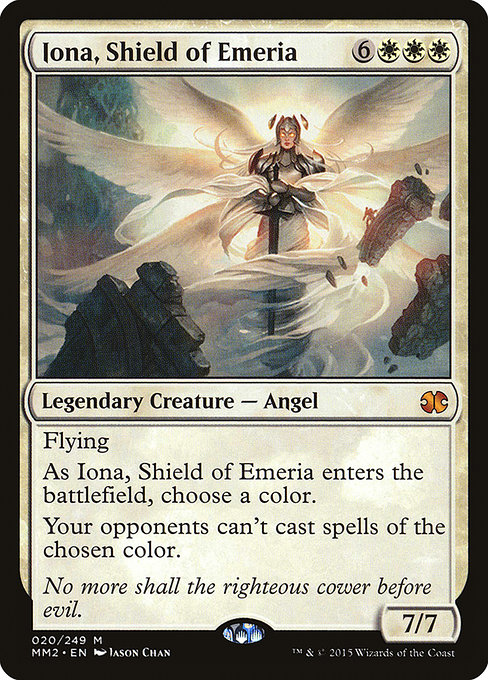
If we look at the Commander Banned List, there are multiple examples of format-defining Haymakers that made such an impact on the format that they had to be removed. The best haymakers were and always will be the ones that people fight over. Reanimating, stealing, cloning — you name it, people have tried to do it to Primeval Titan and Iona. And they succeeded often enough that the net negative of these cards reached a critical point.
There’s a reason that a number of the examples I’ve given so far are Angels, but we’ll get to that momentarily (it has to do with white’s place in the color pie and the historic lack of a secret ingredient).
Why Play Haymakers?
Before we get into why the format is changing, it’s good to look back. What was the role of the Haymaker?
Well, to put it simply: to close games. Outside of infinite combos, win conditions in Commander pre… let’s say, pre-2019… were mostly centered around resolving a Haymaker. This was especially true outside of red and black, who at least had a cheeky X-spell to end a game.
If you were in green, your Haymaker was a Craterhoof Behemoth or other overrun creature, which people loved to counter or fog. If you weren’t comboing in blue, you were likely on the mill gameplan.
White decks had the likes of Avacyn and other Angels, red had Dragons and black had whatever it could reanimate (which often included Sheoldred, Whispering One, and whatever juicy cuts were in opposing graveyards). It’s the reason some of the monocolors weren’t played as deeply outside of Vorthos love-letters or decks with reliable, infinite combos.
Battlecruiser magic was in a fairly static environment, especially if combos were frowned upon. Colors with fewer opportunities at synergy played a support role to other colors (even if they insisted they were splashing the other color for support. Looking at you, white).
The game was about ramping into haymakers, and protecting them, recurring them, stealing them or cloning them. Part of this came down to the average game length, which was likely to be at least one or two turns longer, if not more, than today’s similar concept of a mid-power game.
Synergistic deck building was always strong, but until Commander became the real focus of Wizards’ design efforts, it was relegated to only the most supported creatures and archetypes: Vampires, Elves, Enchantress, Artifacts, Dragons, Mill, Lifegain and Tokens, to name the main ones. I’m kinda reaching to define something nebulous here, and I’m not claiming to be exhaustive (nor do I know your own meta or deck building) — but just go with me, because I’m mostly right.
The Age of Haymakers is Over, The Time of Synergy Has Come!

Playing Commander in 2023 is leagues different from playing in 2018, and it’s sometimes hard to pinpoint exactly why that is. Some might say it’s the speed of the format, or access to information; content creators, or Wizard’s increasingly pushed designs. It’s a mixture of many things, including giving everyone multiple Lotus Petals just for turning up.
I think the biggest indicator is the shift in how you should be building your decks, though, and that is the fact that Haymakers just aren’t so important anymore. It’s all about the synergy.
Of course, Haymakers are still really great in decks built around them. Ramping into them and granting them Haste in Samut, Voice of Dissent; Dihada Reanimator; Jodah or Sisay five color Legendary all work great. Even changing your deck building approach to grant explosiveness to archetypes that don’t find it easily, like I did with my Shalai Angels featuring Kindred Summons and Selvala’s Stampede, is a viable option.


Though Haymakers have their homes still, they have dropped off in the average deck as curves have trended lower. Angelic Skirmisher is a pet card of mine, but it’s hard to argue that it’s not better to just curve out and drop an Akroma’s Will when you want to turn the corner.
Hell, if you’re in a deck made up predominantly of white creatures, a cheeky Brave the Elements for a single white mana can provide the team with a way to attack safely.
Commander Led Design Gave Us Synergy
While most discussions around Commander led design focus on the net negatives of designing cards for Commander — like how pushed the Ikoria Free Spell cycle are, or how best-in-slot cards like Dockside Extortionist and Teferi’s Protection prop up Precons — there’s also a lot to be stoked about. One such benefit is that the format has never been healthier, with a huge diversity in decks.
“Sultai Good Stuff” “Oops All Clones” and “Simic Value” are far less ubiquitous, thanks, in no small part, to the sheer number of options nowadays that marry up interesting gameplay and niche cards. I’ve always said that the best cards designed for Commander are those that ask us to dig out weird, old cards that see no play anywhere else, or those that are side-grades rather than upgrades; cards that excel in certain decks and are otherwise average compared to other options elsewhere.
This synergy has been granted to colors and archetypes that, until recently, didn’t enjoy some of the payoffs and rewards for “just playing the game” that other stronger decks did. Rakdos Treasures/Artifacts is now a dominant force, with decks like Burakos/Guild Artisan making a strong case for eschewing the traditional ramp package and focusing on curving out.
While I don’t agree with everything Sam Black says about Commander, he has some great thoughts, and he’s right on the money when it comes to questioning whether you really want to spend the early turns purely ramping. Fast mana and ramping are different beasts, and while my Burakos deck does play Sol Ring/Sol Talisman (because the opportunity/cost rate is so high), it doesn’t waste time deploying Rakdos Signets and other ramp pieces because it would rather curve out.
Boros: A Synergy Case Study
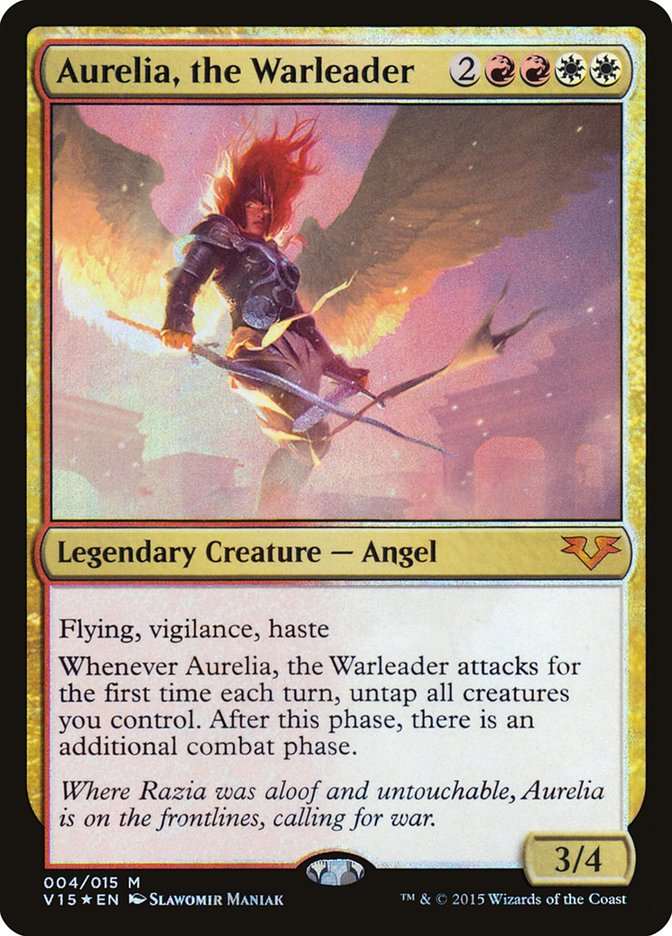
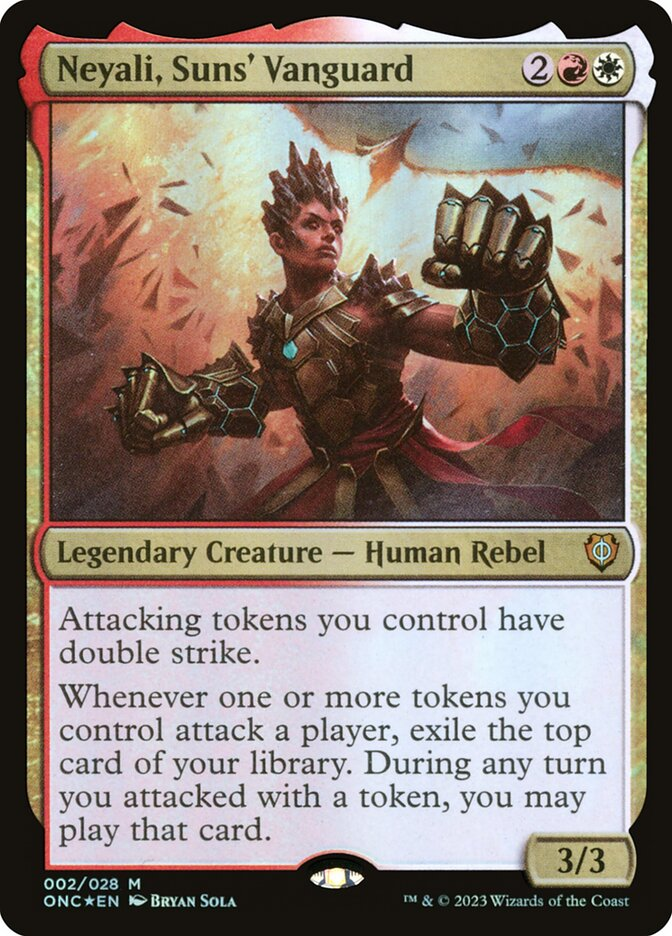
As somewhat of a Boros expert, I can say with certainty that Boros is actually a really great color pair in Commander these days. It was always decent enough, but had to rely too heavily on the Stoneforge Mystic/Sword of the Animist/Mask of Memory package, and cards that erred on the side of antisocial like mass land destruction and stax-lite pieces.
Why is Boros great now? Well, synergy.
I upgraded the Neyali Precon recently, and the overall price of the deck (if we discount the five most expensive cards, which include Ancient Tomb and Fable of the Mirror Breaker) is only around $200. I always have a full grip of cards — regularly discarding at the end of the turn — and I go wide and fast, generating mana and card advantage in spades.
I’m playing predominantly tokens, which can be flimsy, but my win conditions are strong. Strixhaven Stadium and White Sun’s Twilight let me eliminate two players in one turn.
Contrast that to the decks of yesteryear, which relied on super expensive white staples like Land Tax and Wheel of Fortune in order to be functional, and on deploying mana intensive Haymakers and equipment. It’s quite the night and day comparison.
Boros has many great options now, from spellslinger Feather to using weird tech like Basilica Skullbomb to jump your entire team and refill your hand in Agrus Kos, Eternal Soldier. Friend of my discord, Thomaz, posted a great thread detailing the diverse options the other day.
When I look back at my older Aurelia builds, the lack of synergy on such a mana-intensive Commander means those deckbuilding ideals are outdated in 2023. Sure, the combo exception will always be there (jamming Helm of the Host, Sword of Hearth and Home and various enablers and fast mana will still give you a powerful deck), but if you’re not wanting to focus on combo, you need to change your approach.


My latest Aurelia build, for example, focuses on small utility creatures, ways to pump them, and tools to slow down opponents and treasure production. Aurelia comes down to end the game, and the deck should be able to play without her until she’s needed.
Indeed, the very reason this new build is possible is because of fantastic new synergy cards like Firemane Commando and Chivalric Alliance. You don’t play a seven drop these days so much as you build one.
Ideal Conditions
Commander players need to play more Wraths, and that’s a fact. I don’t care if they’re sometimes a dead card in your hand, because sometimes every card in your deck is a dead card. Single target removal can only get you so far, and it’s the as-fan of wraths between every player at the table that dictates whether you stop someone snowballing or not. Yes, they can be “incorrect” to deploy when you have no cards in hand and the game’s reached the two hour+ point, but Commander players also need to learn to scoop more often, too.
As it stands, we’re in a metagame with fewer wraths. This rewards synergistic deckbuilding even further, and if you’re not curving out, drawing cards, and making mana (preferably all at the same time) then what are you doing? You’re hardly going to be punished. Just play Surge of Salvation and laugh at the player casting Blasphemous Act, the only wrath in their deck.
It’s funny, because an over reliance on single-target removal also means Haymakers are generally worse, too. If your opponents can’t figure out which part of your engine is most important to remove — or, worse, there is no good part to remove, because your deck is packed with redundancy and you’re unable to be stopped — then they’ll just knee-jerk and spend removal on the first Haymaker that’s deployed instead.
Most conflict around threat assessment in games falls within this scenario, and the answer to “too many moving pieces” will always be more wraths. There are so many options now that are either cheap or can be made one sided that you have no excuse.
Learn how to turn the corner, build your deck robustly so it can weather a couple of wraths and you’ll fare much better.
To cap it off, games end sooner than they used to. You can spend most of the game ramping and find you’re already out of contention. It’s one of the experiences I had playing Miirym, Sentinel Wyrm, a very feast or famine kind of deck.
If I didn’t draw my Haymakers, and just hit ramp, then I was disincentivized to even cast Miirym outside of desperate tempo plays, and at that point? I’d already lost.
END STEP
If synergy does indeed topple the Haymaker’s reign, then we’re overdue a shift in deckbuilding. Hopefully 2023 will be the Year of the board wipe, and the wider Commander metagame will shake out and meet somewhere in the middle. Long games can often be unfun, but snowballing without interruption is also unfun, no matter which side of the snowball you’re on.
Upgrading old-school decks piecemeal with new cards has become a liability. I’m not the only one to advocate for Why You Shouldn’t Upgrade Your Commander Decks, and this is especially true of older archetypes with fatter curves. Just strip it down and start again.
The Age of Haymakers is Over, so get with the times and bake in some sweet delicious synergy. Lower your curves, unless you’re deliberately in Reanimator or another deck that can cheat intensive creatures into play, and think about how you top out your curve.
Do you really want eight mana Avaycn? Take Serra Emissary for the cheaper way to grant unblockable plus fog incoming damage. One card stops you losing, but the other one helps you close a game — and that’s if you even want to spend that much mana at all.

Kristen is Card Kingdom’s Head Writer and a member of the Commander Format Panel. Formerly a competitive Pokémon TCG grinder, she has been playing Magic since Shadows Over Innistrad, which in her opinion, was a great set to start with. When she’s not taking names with Equipment and Aggro strategies in Commander, she loves to play any form of Limited.

